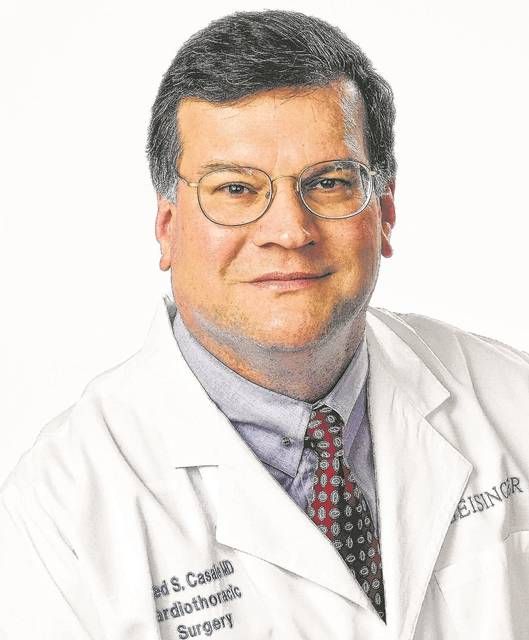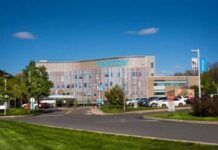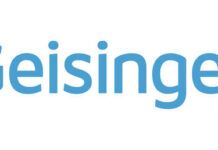Click here to subscribe today or Login.
Did you know the heart bone is connect to the brain bone? Not literally, of course. But the two vital organs depend on each other to keep you moving.
About three out of four people who have a stroke for the first time have high blood pressure, according to the American Heart Association/American Stroke Association.
A stroke happens when blood and oxygen can’t flow to your brain. Brain cells start to die within minutes without an oxygen supply, and the effects of stroke can include loss of brain and body function, paralysis, speech/language problems, vision problems, change in behavioral style and memory loss.
The two most common types of stroke are:
· Ischemic stroke: These are the most common and happen when blood flow to your brain is blocked.
· Hemorrhagic stroke: These are caused by bleeding in the brain.
High blood pressure weakens blood vessels—veins, arteries, arterioles, venules and capillaries—and the resulting damage can cause arteries to clog and vessels to burst. When diseased arteries become blocked by a clot or plaque buildup, an ischemic stroke occurs. When a weakened blood vessel ruptures in or near the brain, a hemorrhagic stroke occurs.
Having high blood pressure nearly doubles a person’s risk of stroke, but atrial fibrillation, for which high blood pressure is a risk factor, can render stroke five times more likely. Approximately 75 million American adults live with high blood pressure, according to the Centers for Disease Control and Prevention, making high blood pressure the most common controllable risk factor of stroke because of the large number of strokes to which it is attributed. But atrial fibrillation is a stronger risk factor.
Atrial fibrillation occurs when rapid heartbeat allows blood to pool in the heart, which can lead to the formation of clots that have the potential to travel to the brain.
Maintaining a lifestyle that promotes healthy blood pressure or managing your high blood pressure can reduce your risk of stroke, but additional, controllable factors can lessen your chances as well.
While some risk factors for stroke, such as genetics, are out of your control, there are plenty of lifestyle choices that can act as preventive medicine for both heart and brain. You can reduce your stroke risk by:
· Maintaining a healthy weight
· Monitoring your blood pressure
· Watching your blood sugar levels
· Managing your cholesterol levels
· Quitting smoking
· Getting daily exercise
· Limiting alcohol consumption to two drinks per day for men or one drink per day for women
· Eating a healthy diet high in fruits, vegetables and whole grains, working in low-fat dairy products and limiting salt, saturated fat, trans fat and cholesterol
· Taking medication as prescribed for high blood pressure or atrial fibrillation
In some cases, stroke can overcome even those most in touch with their health and wellness, and when it does, its onset can be sudden. It’s important to recognize the potential indicators of stroke and act swiftly to save as much brain tissue as possible.
Here is a simple reminder—BE FAST—to detect stroke warning signs:
Balance: Does the person show signs of sudden loss of balance?
Eyes: Are they experiencing sudden vision trouble like blurred, double or loss of vision?
Face: Does the person’s face look uneven when asked to smile?
Arms: Is there weakness in one or both arms?
Speech: Does the person have trouble speaking or seem confused?
Time: Call 9-1-1 if you notice any of these signs or symptoms.
Stroke is an emergency, so don’t hesitate to call 911. Since comprehensive stroke care is accessible to patients in our region, strokes can be treated early and deliberately, and local rehabilitation programs can help those with lasting symptoms overcome physical and cognitive challenges.








